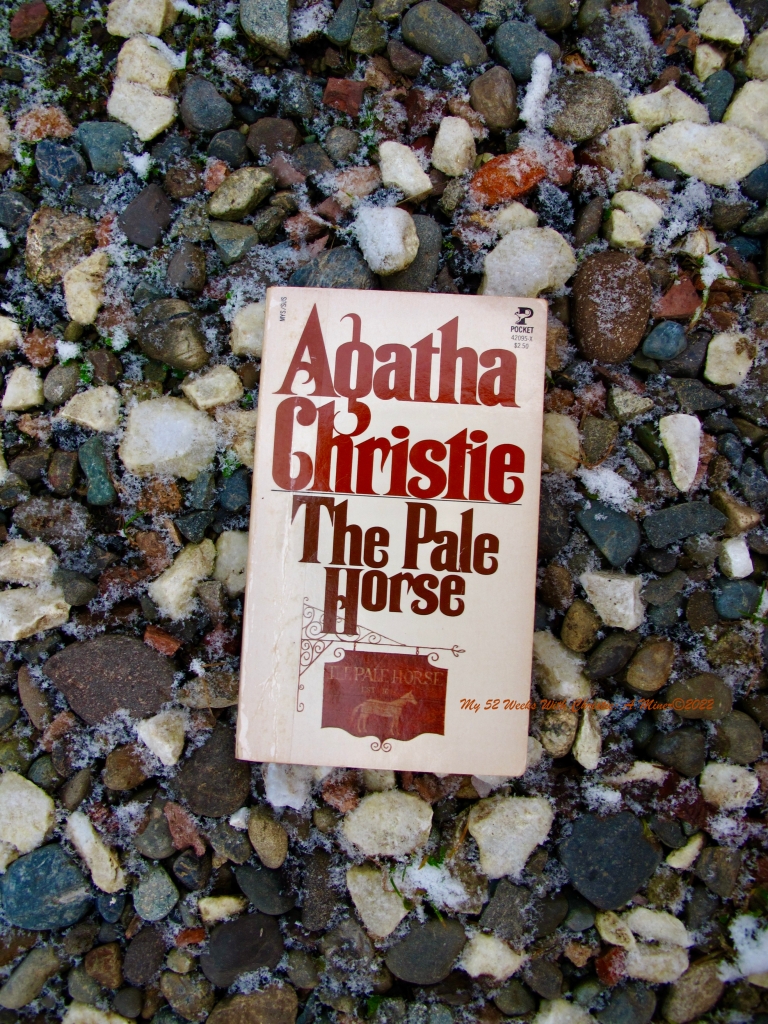
My 52 Weeks With Christie: A 2022 Revisit to The Pale Horse Part 3
On September 13, 1987 a security guard failed to show up for his shift at an abandoned medical clinic in Goiania, Brazil. This seemingly unremarkable event set into motion events that would eventually cumulate into a mass cesium-137 radiation event — second only in size and severity to Chernobyl.
On that fateful day, taking advantage of the guards absence, a pair of men absconded with the deserted clinic’s tele-therapy device. Not knowing what they’d stolen, the two begun disassembling the steel and lead liners in hopes they’d fetch a good price from the salvage yards. Unsurprisingly, they both rapidly begun exhibiting signs of radiation sickness and burns. Which prompted one of the men to visit a doctor — who put his symptoms down as food poisoning. Whilst he was told to go home and rest, his friend continued to break up the device. Eventually, he managed to puncture the housing’s heart with a screwdriver…and discovered a deep blue glowing substance residing inside.
Getting sicker by the minute the thieves sold the perforated device to a salvage yard.
That night the new owner, spying a beautiful blue glow emanating from his backyard, decided to bring the device inside his house. Using a screw driver he widened the hole slightly, and found a glittering blue gem inside. Scraping the ‘gem’ he managed to dislodge and extract several pieces of the cesium-137. He then gave away the twinkling pieces, about the size of a grain of rice, to his favorite family members and neighbors for good luck.
However, after his wife grew sick, the same day he’d begun fiddling around with and gifting people with the twinkling blue dust, he sold it to another scrapyard….spreading sickness, along with radioactive dust, even further afield.
Finally, the now ailing wife of the first salvage yard owner noticed how everyone who’d come into contact with the device or it’s pretty innards grew gravely ill — she retrieved the device from the other salvage broker and took it to a hospital. Where a doctor figured out they weren’t suffering from food poisoning or a cold but from radiation sickness.
The doctor then persuaded the Brazilian government to intervene.
In the end, well over 100,000 people were tested for exposure to cesium-137, 249 were found to have been exposed and amongst the 249 — there were 44 serious cases which cumulated in 4 – 7 deaths (my source materials are conflicted on this number), including the wife who’d initially alerted authorities.

(A photo taken in 2020 by Gustavo Leighton of an area in Goiania — though not of the cesium-137 contaminated area. I just though people might like to see how beautiful the area is!)
Again, how does this 1987 tragedy influence my Pale Horse research? Turns out, this was the first large scale, systematic test of the efficacy of Prussian Blue treatment in humans.
Now in possession of another firm date, which I must admit was far more recent than I’d ever dreamt when I begun my informal inquiry, I started scouring the Library’s database for more modern research papers.
And struck gold. (Whilst the plumbers realized several fixtures in the house hadn’t been properly installed….)
In Mexico from 1978 – 1986, where thallium based rat poisons hadn’t been banned, 50 cases of exposure due to an accident, attempted suicide, or murder were recorded. Of the 50 — 26 were treated with Prussian Blue and as expected those patients recovered significantly faster. (The other 24 were treated with the standard non-Prussian Blue medicines.)
Another study, held from 1990 – 1995, administered Prussian Blue to cattle in areas of the Ukraine, Belarus, and Russia hardest hit by the 1986 Chernobyl disaster. Scientists hoped to reduce the lingering cesium-137 from the food chain (i.e. milk and meat) by treating the cows with Prussian Blue. Which it did. (It also proved to be cost effect way of doing so.)
How?
Turns out Prussian Blue clears up a case of mistaken identity.

When cesium-137, radioactive thallium, or regular thallium enters your body — their ions fool your body, for a hot second, into thinking they’re potassium ions. Since we need potassium for all kinds of important functions, our body’s are keen on absorbing it — which is how the poisons get a foot hold in your system. Now the body isn’t bamboozled for very long, and when it figures out the toxic ions aren’t actually potassium, they get unceremoniously dumped into the intestines….Unfortunately, a large number of the deadly ions fool the body once again and get reabsorbed.
The binary cycle — which ends with either recovery (if the dose was small enough) or death (more often than not) — played out over and over again. Until a scientist came up with a theory, exposed some rats to cesium-137, and then treated some with pharmaceutical grade Prussian Blue in 1963.
The crystalline structure of the insoluble version of Prussian Blue trapped the cesium-137 by exchanging its own potassium ions for the poisonous ones. Because of Prussian Blue’s strong affinity for cesium-137 the pigment held firmly onto to the poisonous ion — even through the intestine. So the treated rats end up whizzing and pooping out the toxin much faster than their traditionally treated and non-treated counterparts.
Armed with even more info I turned, once again, to the library database….and found, in a single line of a chemistry textbook, a name. (And the plumbers informed me the five feet of cast iron sewer line, which didn’t get a new liner, was the source of our continuing back-up problems — needed replacing. Cue more apocalyptic sounds echoing up from the underside of our house.)
Nigrovic.
Dr. Vladimir Nigrovic.
Who got the Prussian Blue ball rolling in 1965 when he published a paper, Retention of Radiocaesium By The Rat As Influenced By Prussian Blue And Other Compounds, informing the world of his findings. (Born in Yugoslavia in 1934, Dr. Nigrovic emigrated to the U.S. and went on (after his Prussian Blue find) to have an impressive career in medicine, academia, and as a teacher. He sadly passed away in 2008.) Four years later, in 1969, a German pharmacologist named Horst Heydlauf of Karlsruhe suggested Prussian Blue as an antidote for thallium poisoning.
And there it was, the answer I sought — the names of the two scientists who figured out a pigment could help those poisoned by cesium-137 and thallium.
You’d think their names would be easier to suss out!
Now, I didn’t discover how they came up with their theories, if they were indeed inspired by The Entombment of Christ by Pieter van Der Werff (the first known painting to have Prussian Blue in its creation) or by an offhand comment from a colleague but either way, their find has saved live all over the world.
And, having finally answered my own question, my search was over.
And so too was the trial and tribulations of our house’s plumbing problems (knock on wood). It only took three weeks, the rapid depletion of our savings, and several holes in our garden before we could do some nerve wracking loads of laundry and dishes….On the upside I now fully appreciate the luxury of running water, a fully functioning sewer line, and plumbers!
(Whom I fervently hope I don’t need to hire again anytime in the near future!)
A.Miner©2022
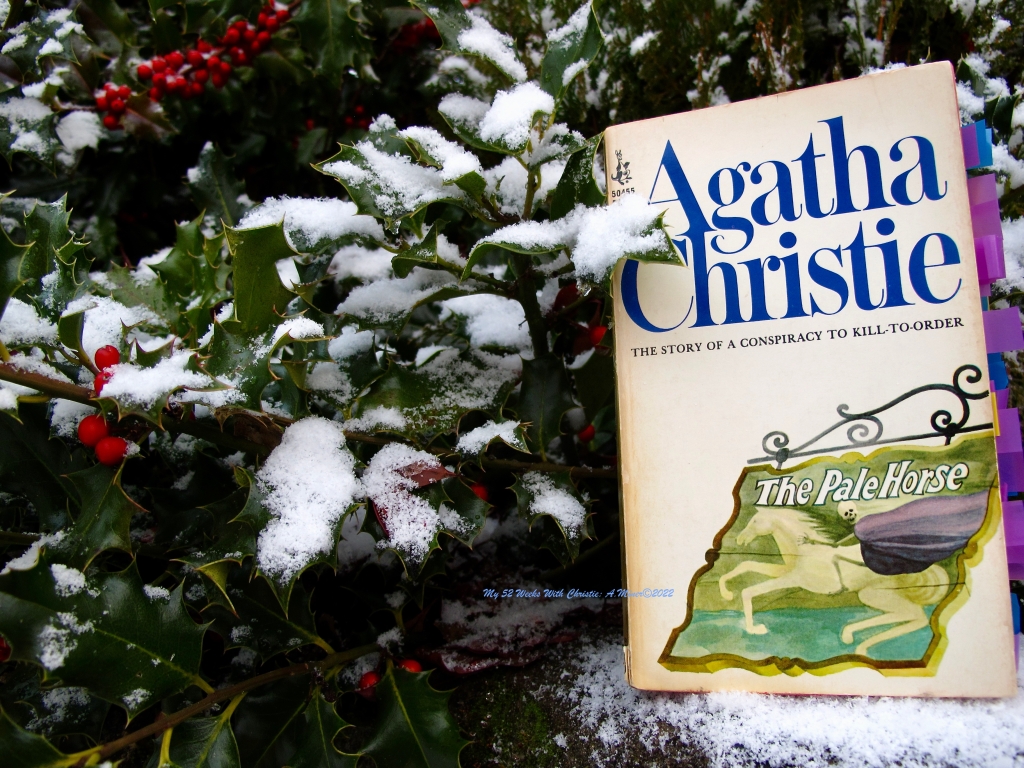
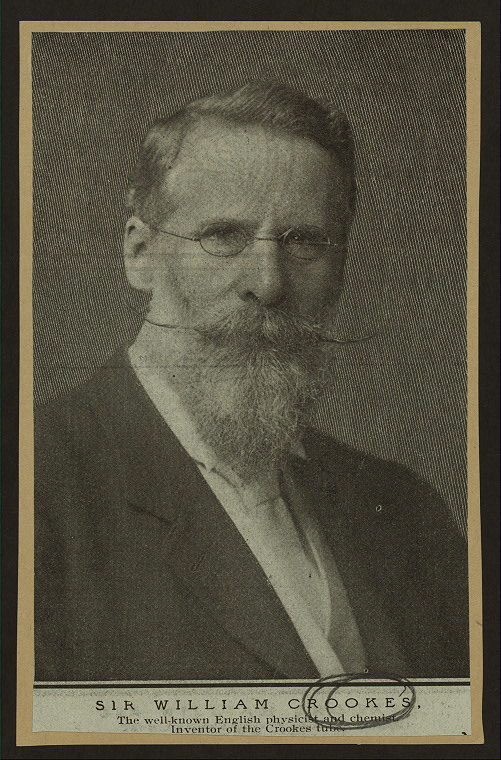

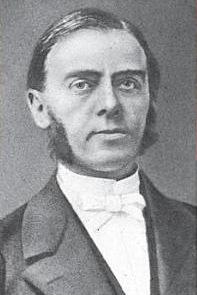
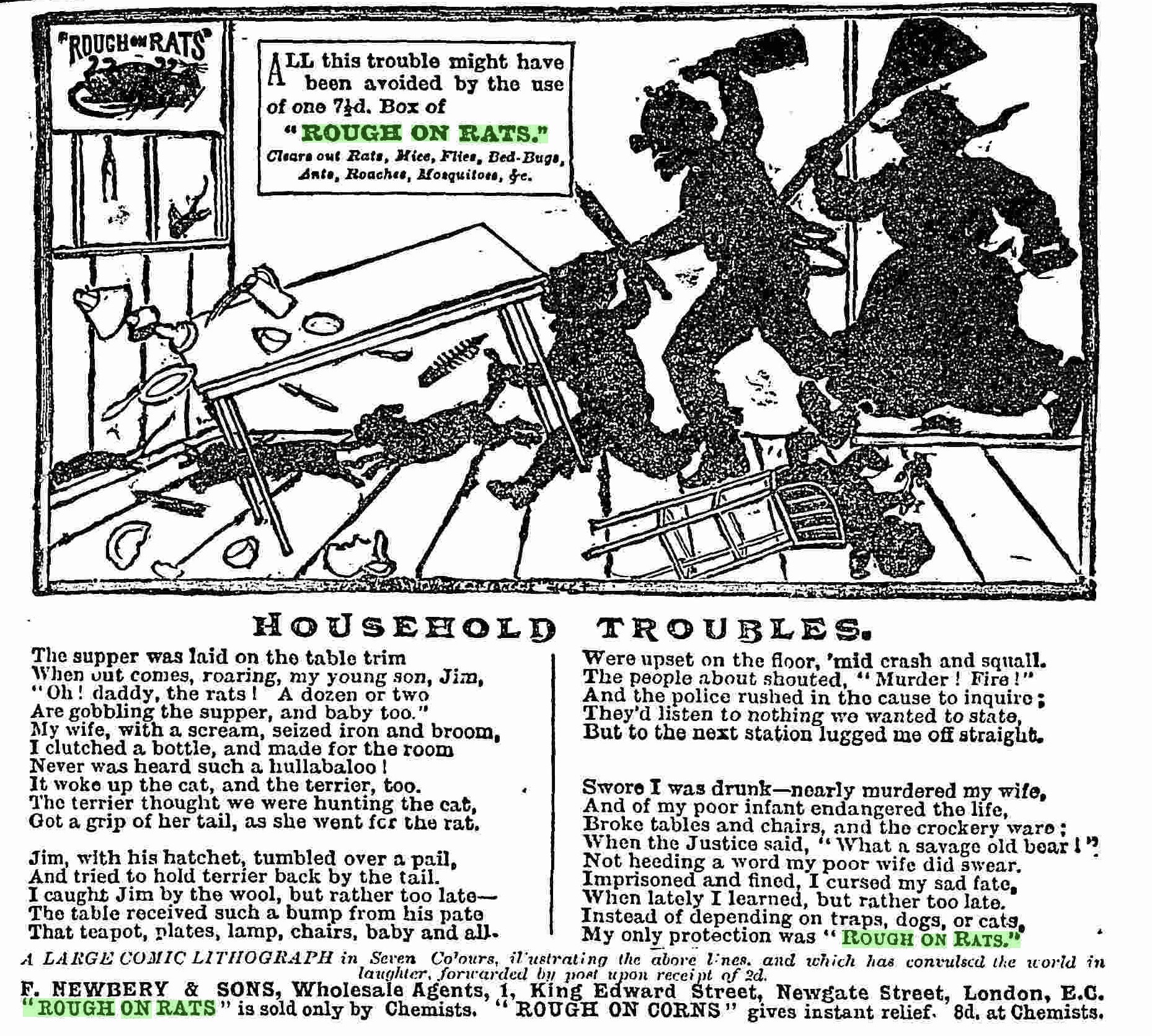
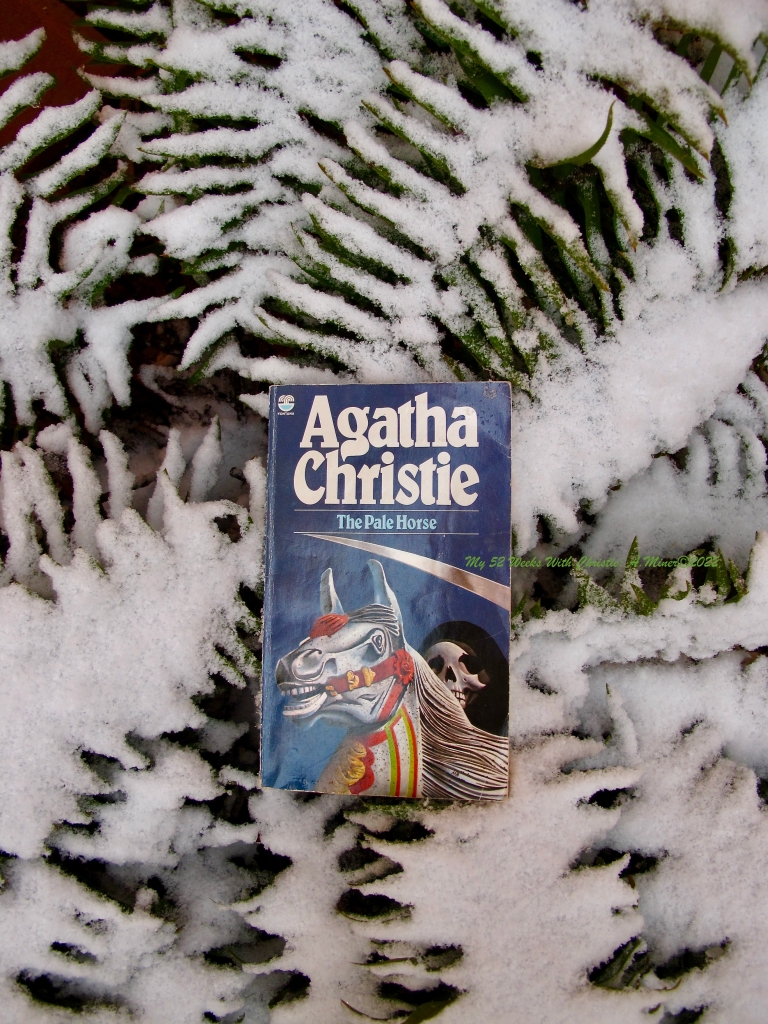
You must be logged in to post a comment.